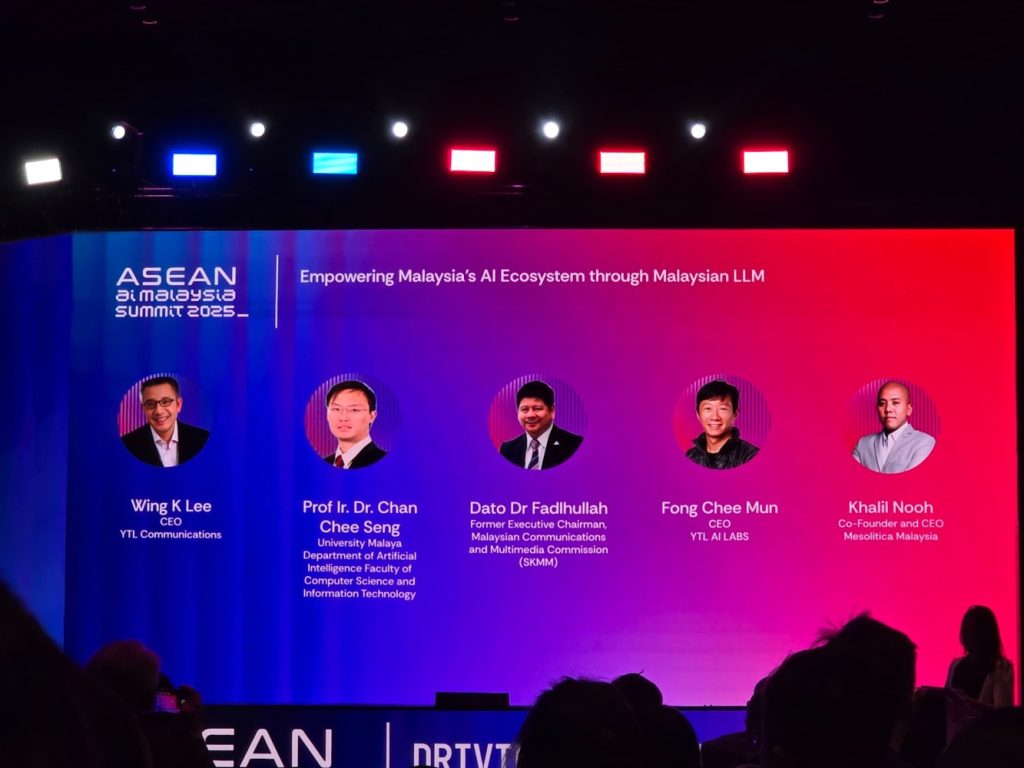Artificial Intelligence is no longer just a Silicon Valley game. Around the world, nations are racing to develop their own large language models (LLMs) — AI systems trained to understand and generate human language. These are not just technological trophies; they are strategic assets that influence economic competitiveness, data sovereignty, and cultural preservation.
Malaysia is now stepping into this arena, and the implications are massive. The launch of a Malaysian-built LLM signals not only technological ambition, but also a declaration that our narratives, languages, and priorities will not be dictated entirely by foreign models.
Why a Malaysian LLM Matters
Most popular AI models today are built and trained in the US, Europe, or China. They are trained predominantly on Western or globalised datasets, which inevitably influence how they respond, what cultural nuances they recognise, and which contexts they prioritise.
For Malaysian businesses, government agencies, and educators, this creates a gap: our local languages, dialects, and cultural contexts often fall through the cracks.
A Malaysian LLM bridges this gap by:
- Preserving and understanding local languages — from Bahasa Malaysia to dialects and even mixed language usage like Manglish.
- Embedding cultural intelligence — ensuring that AI outputs are relevant to Malaysian norms, industries, and sensitivities.
- Boosting digital sovereignty — keeping our data within our borders, reducing dependency on foreign AI providers.
- Empowering local innovation — enabling homegrown startups, researchers, and SMEs to build AI solutions tailored to our market.

The Strategic Edge
An LLM is not just a “cool tech product” — it’s infrastructure. Just as roads, ports, and the internet built the foundation for economic growth, a national AI model is becoming essential infrastructure for the digital economy.
Imagine having an AI system that can:
- Draft contracts that reflect Malaysian law.
- Understand local regulatory requirements in sectors like finance, healthcare, and logistics.
- Assist farmers, factory owners, or government officers in Bahasa Malaysia or their native dialect without loss of meaning.
- Power chatbots, virtual assistants, and decision-making tools built entirely for Malaysian use cases.
In an era where AI influences decision-making, creativity, and public discourse, this capability is as critical as having control over our own energy grid or national airline.
A Call to Action
- Building and scaling a Malaysian LLM is not a one-off project — it’s a long-term national investment. It will require:
- Funding from government, private sector, and VCs who see the value in owning our AI future.
- Collaboration between tech firms, universities, and industry bodies to ensure diverse and high-quality local data.
- Adoption by Malaysian businesses, who must recognise the competitive edge that a locally trained model can offer.
Malaysia is at a crossroads. We can either continue as consumers of other nations’ AI — adopting models that may never fully understand us — or we can take control, shape our own technological narrative, and lead in Southeast Asia’s AI race.
